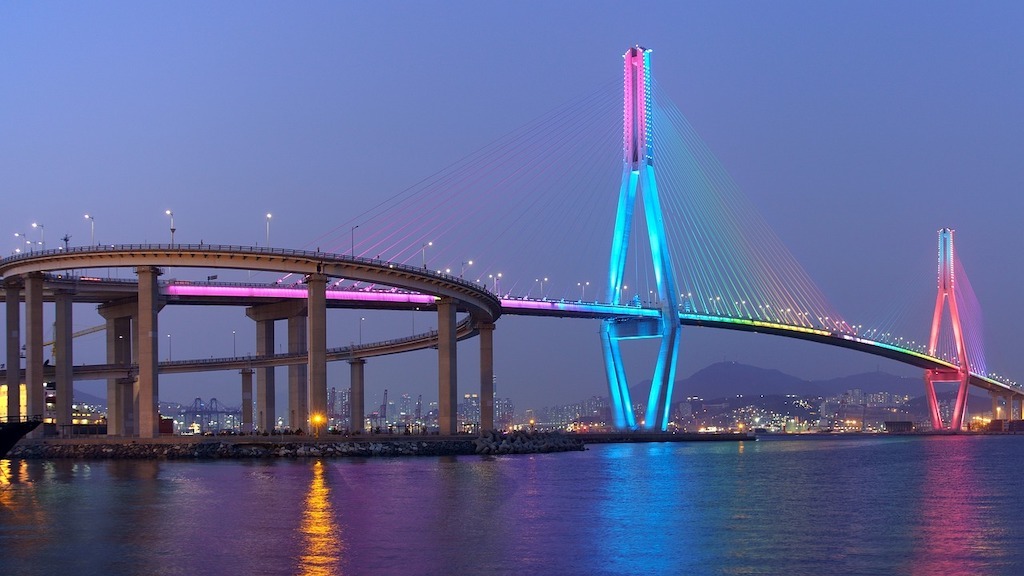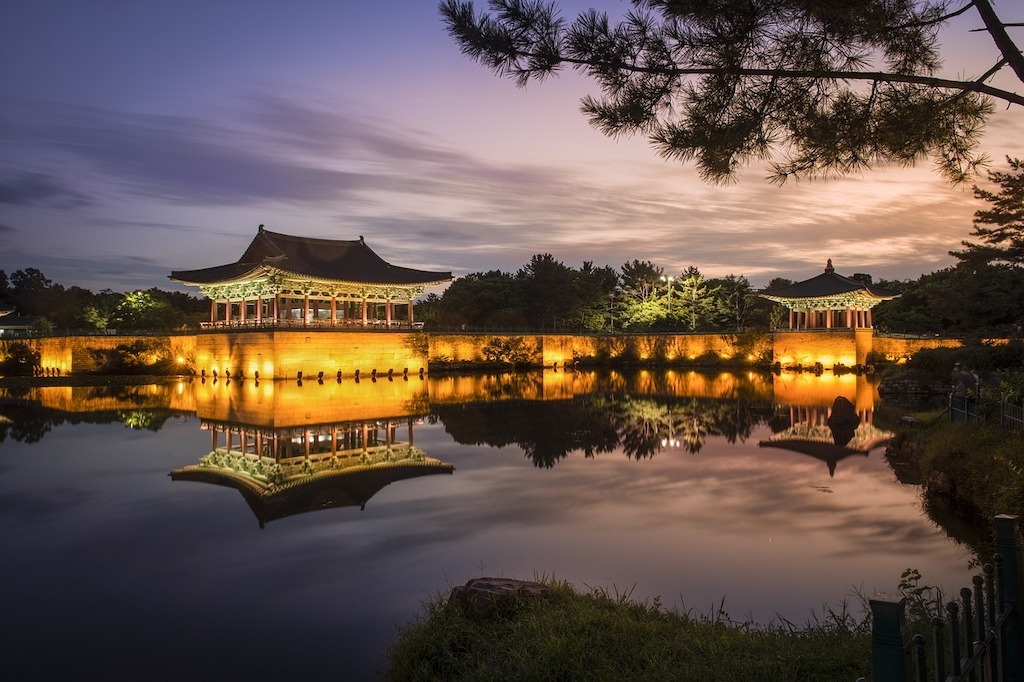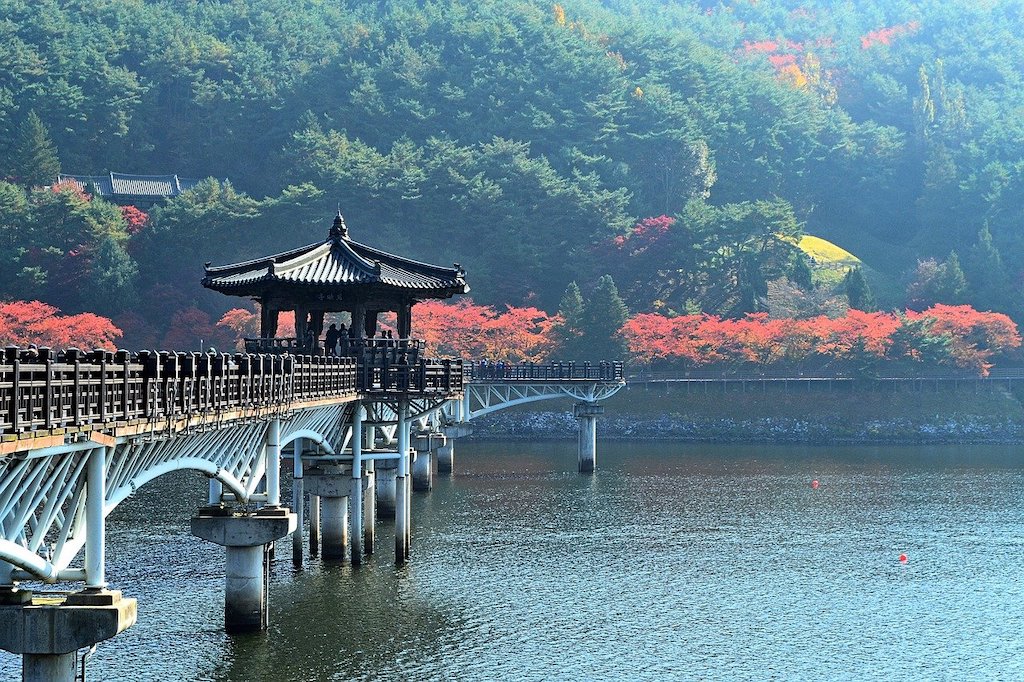Korea
Welcome to Korea ! South Korea offers everything a traveler could want in a destination. From Seoul’s glittering nightlife to Seoraksan National Park’s vertiginous hikes, South Korea offers the traveler a dazzling range of experiences, beautiful landscapes and 5000 years […]
Welcome to Korea !
South Korea offers everything a traveler could want in a destination. From Seoul’s glittering nightlife to Seoraksan National Park’s vertiginous hikes, South Korea offers the traveler a dazzling range of experiences, beautiful landscapes and 5000 years of culture and history. The country offers amazing food, friendly people, and an excellent tourism infrastructure! It’s also a country of contrasts, with tourist attractions ranging from ancient mountaintop Buddhist temples like Bulguksa to the ultra-modern skyscrapers of Seoul, like the Lotte World Tower.

Seoul
Home to half of South Korea’s population, Seoul is also the most popular city for tourists to visit. The business and cultural hub of South Korea, Seoul seamlessly blends the old and the new—a place where one will see skyscrapers towering over palaces and pagodas. Start things off by getting a view of it all at the N Seoul Tower, it’s built atop a peak in Namsan Park, so you’ll catch fantastic, panoramic city views. After that, you can get exploring on foot: The teahouses and shops of Insadong, the grounds and museums of Gyeongbokgung, and Changdeokgung Palace (a UNESCO World Heritage Site) all part of traditional Korean culture. By contrast, cutting-edge areas like the ritzy Gangnam district cement Seoul’s status as a very happening style capital. You’ll find a mix of high-fashion houses and lesser-known, emerging designers there, but one can always find speciality boutiques, vintage shops, and wholesale fabric markets throughout the city (and K-beauty fans and foodies should be sure to check out the Myeongdong District, which has cosmetic shops at every turn and the most popular and trendy night food market.
Busan
Situated on the southern coast, South Korea’s second city, Busan, overflows with a maritime culture as lively as it is varied. Setting the tone is Busan Port, the oldest and largest in the country (and also the sixth-busiest in the world), handling some 80% of South Korea’s container cargo. Tourists often come to this region to hike and to visit the Buddhist Temples located deep within the region’s mountains. The Beomeosa Temple, founded in 678 AD, is perhaps one of the most frequented temples in the area and is always packed with worshipers and tourists. For art buffs, Busan offers several museums and historical buildings. If scenery is your thing, try visiting the Dongbaek Island, or bird watch at the Nakdong river estuary.
Gyeongju
The Gyeongju Historic Areas contain a remarkable concentration of outstanding examples of Korean Buddhist art, in the form of sculptures, reliefs, pagodas, and the remains of temples and palaces from the flowering culture of Silla dynasty, in particular between the 7th and 10th century. The Korean peninsula was ruled for almost 1,000 years (57 BCE – 935 CE) by the Silla dynasty, and the sites and monuments in and around Gyeongju bear outstanding testimony to its cultural achievements. These monuments are of exceptional significance in the development of Buddhist and secular architecture in Korea.
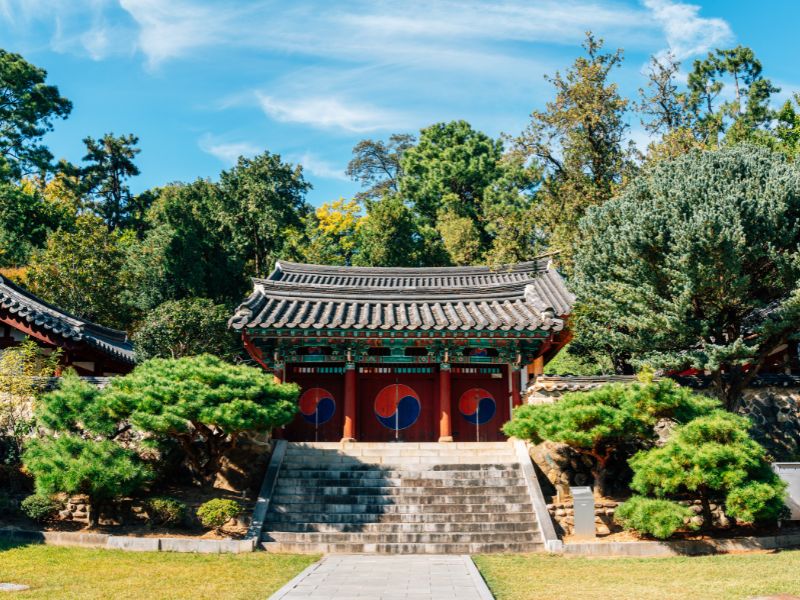
Gwangju
Gwangju is a metropolitan city in the southwestern part of South Korea, known for its rich history, vibrant culture, and significant role in the modern democratic movement of the country. The city is nestled in the fertile Honam plain, surrounded by mountainous terrain, which provides a scenic backdrop and plenty of outdoor recreational opportunities. Gwangju is celebrated for its artistic atmosphere, housing numerous galleries and museums, including the Gwangju National Museum and the Gwangju Biennale, an international contemporary art festival held every two years. Culinary enthusiasts revel in the city’s reputation for delicious traditional Korean cuisine. A tragic yet pivotal part of Gwangju’s history is the May 18th Democratic Uprising of 1980 against the then-military dictatorship, which is commemorated by the 5.18 Freedom Park and the National Cemetery dedicated to the victims.
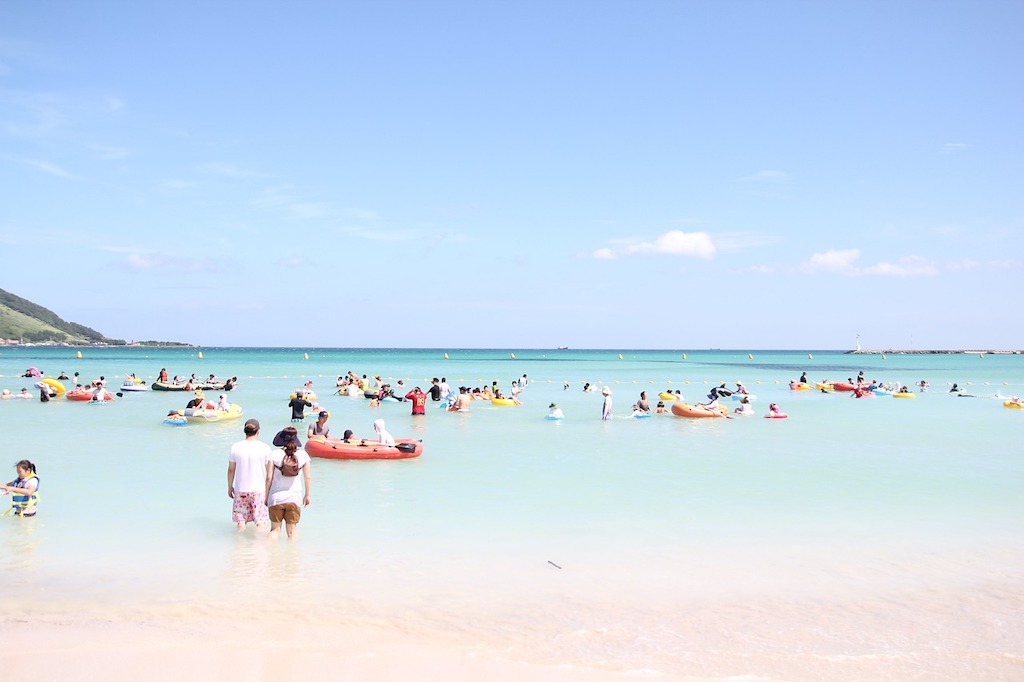
Jeju Island
South of the Korean mainland in the Yellow Sea, Jeju is blessed with a balmy subtropical climate, making it the country’s most popular vacation destination. The island is in such high demand that the flight between Seoul and Jeju City is the busiest air route in the world. Just one glimpse of Jeju’s glittering white-sand and black-sand beaches, crystal-clear waters and volcanic topography of calderas, cones and tuffs, and it’s easy to see why so many mainlanders flock to the island. The highest mountain in South Korea (a dormant volcano called Hallasan) is here along with miles of giant lava tubes. The lava tubes, which can be explored, are natural air pockets in the hardened lava, the size of railway tunnels. The island also has hundreds of miles of hiking trails and a lot of hot springs and health spas.
Andong
Andong is also referred to as “the capital of Korean spirit.” It is the country’s Confucian culture capital, where one will find traditional wooden masks and soju, the Korean national drink. At Andong’s UNESCO-listed Hahoe Folk Village, the most famous folk village in South Korea, visitors can immerse themselves in the old Joseon-era way of life. Take a look inside the village’s workshops and its special choga homes, distinguished by their straw-thatched roofs.
At the Hahoe Mask Museum, one can view the region’s quintessential masks, carved into animated expressions to portray characters like aristocrats, servants and monks. Every fall at the Andong Maskdance Festival, they can be seen in action in play performances. One can also tour notable Confucian academies, try traditional soju (local vodka) at the Soju Museum or a local restaurant, and sample Andong’s signature soy-braised chicken dish, jjimdak.
Cherry Blossoms at the Jinhae Cherry Blossom Festival
Boasting almost 400,000 cherry trees, some over 100 years old, Jinhae is the best place in Korea to enjoy cherry trees blossoming with flowers each spring. This small town, located along South Korea’s southern coast, hosts the country’s most popular annual cherry blossom festival. More than a million visitors a year come to Jinhae just to see the cherry blossoms.
the Jinhae cherry blossom festival takes place in late March or early April, depending on when the trees are in flower. Head to Yeojwacheon stream and Jinhae’s Gyeonghwa train station for some of the best blossom viewing. One can also enjoy the festival’s food markets, public art installations, and live performances.
When to go and weather
March – May :
- Cherry Blossom season.
- Buddha’s birthday in May is celebrated in Seoul by the Lotus Lantern Festival when brightly colored lanterns light the avenues and a parade of giant glowing floats proceeds through downtown.
June – August)
- Best season to explore beaches and mountains.
- Busan’s famed Haeundae Beach is packed, while young Koreans and expats head to the west coast town of Boryeong to party at its Mud Festival.
- The traditional holiday of Dano typically falls in June, marked by one of Korea’s most remarkable festivals – the UNESCO-listed Gangneung Danoje. During this multi-day event, celebrants conduct traditional shamanic rituals, perform mask dramas and pray to the mountain spirits. Visiting at this time offers a unique opportunity to get a glimpse of Korea’s traditional shamanic practices
September – November
- Best time for dry skies and golden ginkgoes
- Pleasant temperatures, crisp air and clear skies make this the ideal time for travel in the Land of the Morning Calm.
- October is probably the best month to visit South Korea. The Busan International Film Festival, Seoul Fashion Week, Andong Mask Dance Festival, Jarasum Jazz Festival and Gwangju World Kimchi Festival would all be reasons enough to head to Korea.
Fast Facts
Capital: Seoul
Currency: Korean Won (US $1 = 1350 South Korean Won )
Language: KOREAN
Recommendations: For details & to plan your holiday to South Korea, please drop in a mail at [email protected] or call +91 98104 99010. It would be our pleasure to assist in creating this memorable trip for our valued clients.
Allow us Assist to You
Quick Links
Contact Us



